If you’ve ever wanted a kitchen garden but felt overwhelmed by upkeep, you’re not alone. The good news? You don’t need a green thumb—or even a lot of space—to grow your own fresh herbs. June is actually the perfect time to start, especially with varieties that thrive in warm weather and practically take care of themselves.
This list features 18 low-maintenance herbs that grow beautifully with just the basics: sun, a bit of water, and a pot or patch of soil. These are the herbs that won’t sulk if you forget to water for a day or two, and that bounce back from beginner mistakes with ease. Even better? Most of them do double duty—flavoring your meals while keeping pests away or attracting helpful pollinators.
Whether you’ve got a full backyard, a sunny balcony, or just a windowsill, these herbs will flourish in June without demanding too much from you. They’re the quiet kitchen heroes—ready to be snipped for salads, teas, sauces, and more, all summer long.
If you’re ready to enjoy fresh flavor without fuss, this is the herb lineup you’ll want growing right outside your door.
Basil
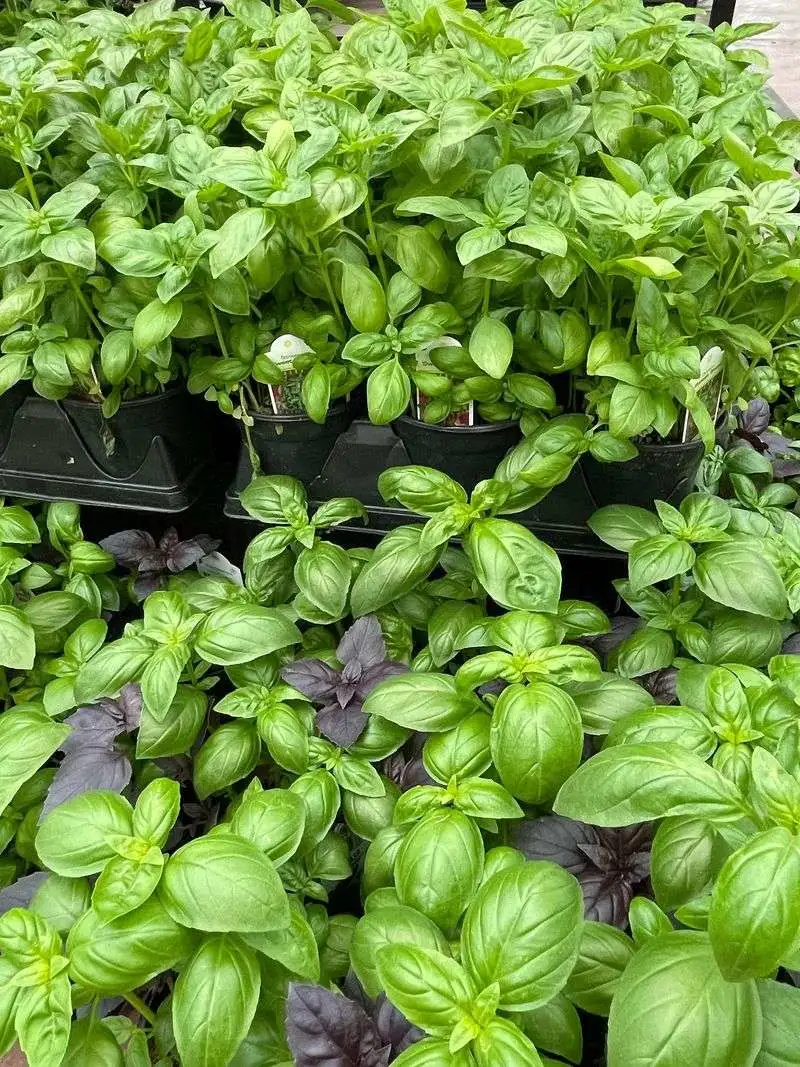
In the world of culinary herbs, basil stands out with its vibrant leaves and aromatic presence. Imagine the delight of fresh pesto or a caprese salad enhanced by basil’s unique flavor.
Grown best with regular sunlight, basil is an unfussy plant that rewards you with a rich harvest. Its leaves, tender and fragrant, can be clipped as needed, encouraging new growth and keeping your garden lively.
Did you know? Basil thrives when planted near tomatoes, boosting their growth and flavor. A must-have for every kitchen garden enthusiast.
Chives
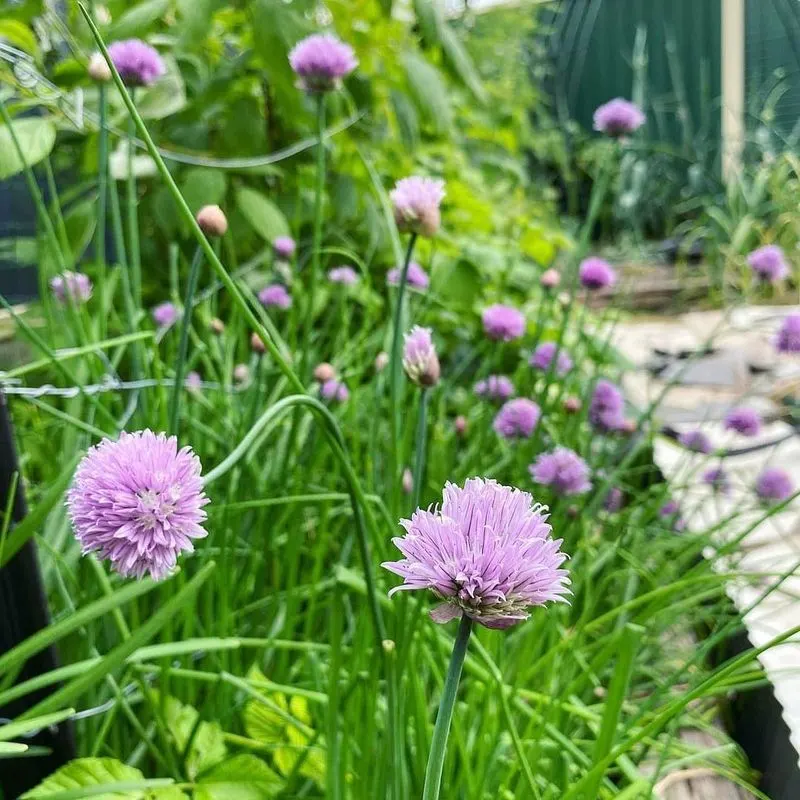
Chives are the unsung heroes in many savory dishes with their mild onion flavor. Picture them sprinkled over baked potatoes or folded into creamy eggs.
These hardy perennials require minimal care, making them perfect for busy gardeners. Their charming purple flowers not only attract bees but can also add a pop of color to salads.
Fun fact: Ancient Romans believed chives could relieve a sore throat. Both ornamental and beneficial, chives are a delightful addition to any herb garden.
Mint
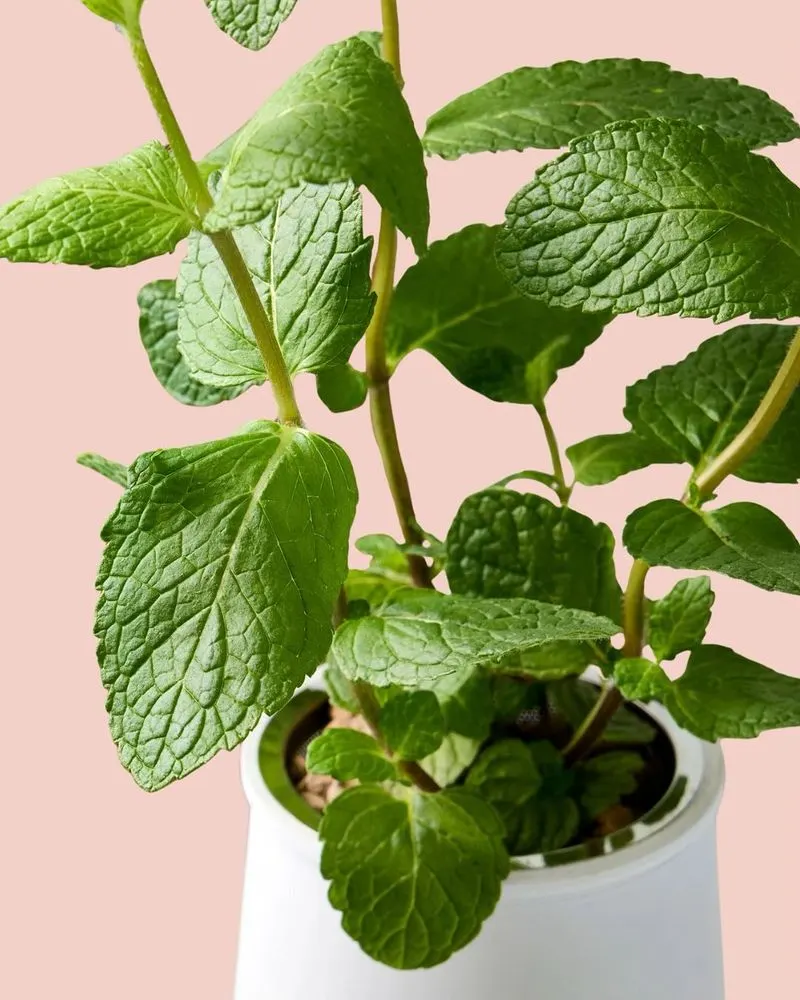
Mint’s refreshing aroma instantly transports you to a summer oasis. It’s perfect for teas, mojitos, and even savory dishes needing a fresh twist.
This resilient herb grows rapidly, so it’s wise to plant it in a pot to prevent it from overtaking your garden. Enjoy its vibrant presence with minimal fuss.
Mint’s ability to repel pests is a bonus, making it a practical yet fragrant choice for your herb collection. Its versatility is unmatched in culinary uses.
Oregano
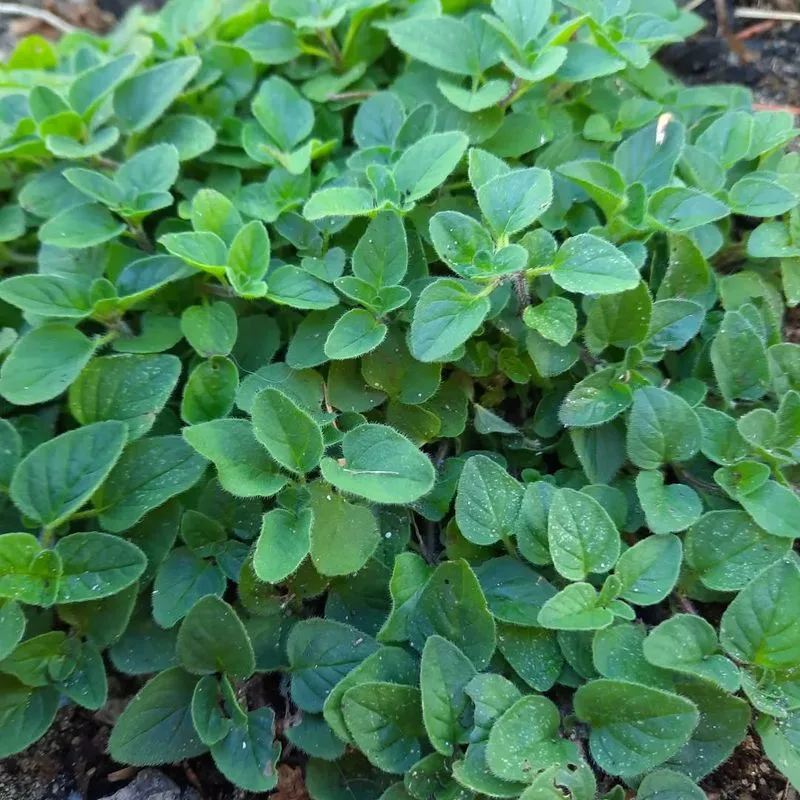
Imagine the aroma of a pizza baking, enhanced by the earthy, warm fragrance of oregano. This herb is a staple in Italian and Mediterranean cuisines.
Oregano is drought-tolerant, which means it thrives with little watering and can handle direct sun. As it matures, its flavor intensifies, enhancing your dishes beautifully.
A historical tidbit: Oregano was used by the Greeks as a symbol of joy and happiness. It’s not just a herb but a piece of culinary tradition.
Parsley
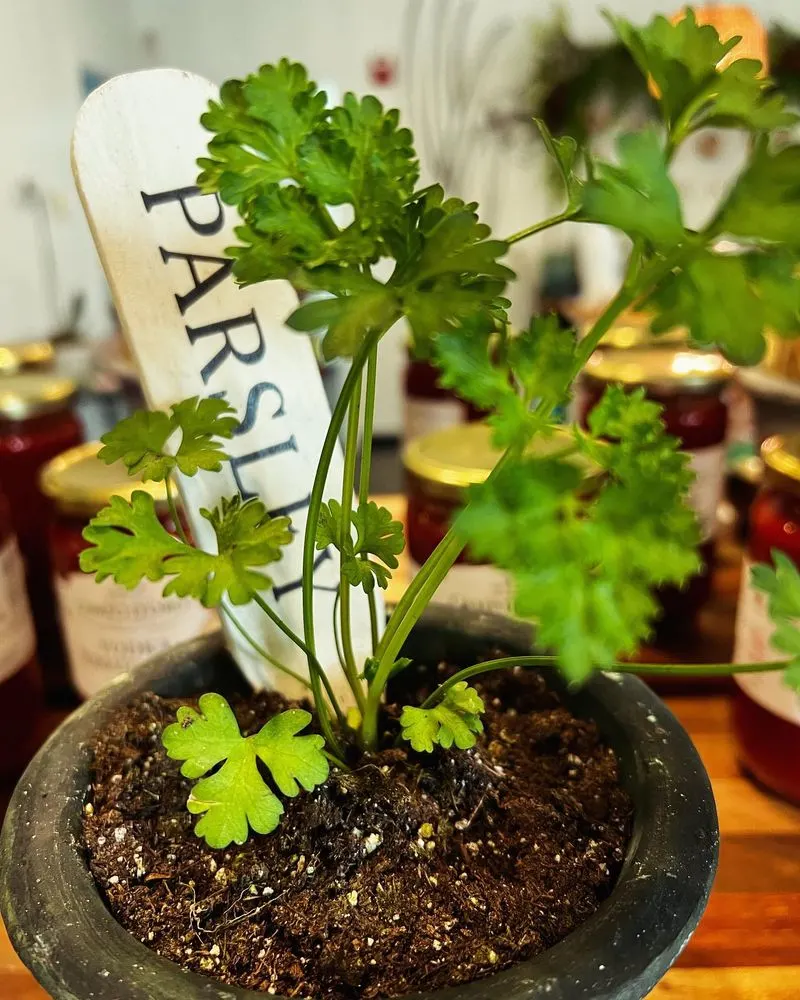
Parsley is more than just a garnish; it’s a versatile herb that can elevate any dish with its fresh, crisp flavor.
Growing parsley is straightforward, requiring a mixture of sun and shade. Its lush green leaves are ready to be picked for salads, sauces, or as a finishing touch on meals.
Historically, parsley was used in garlands by the Romans to ward off intoxication. A kitchen garden staple, it offers both culinary and decorative uses.
Thyme
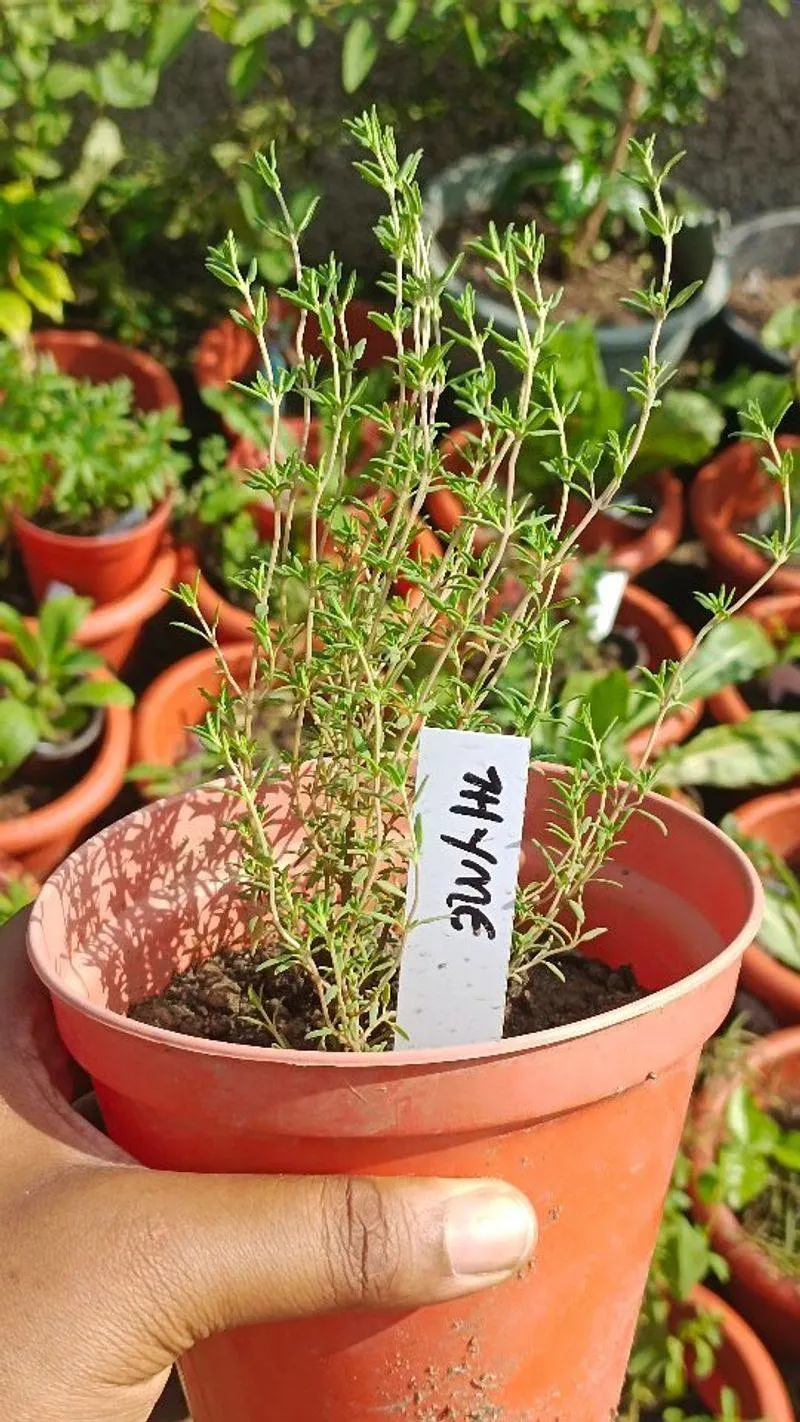
Thyme brings a touch of elegance to any dish with its subtle, earthy flavor. Ideal for seasoning meats and stews, it’s a kitchen essential.
This perennial herb loves full sun and well-drained soil, making it an easy choice for those seeking low-maintenance plants. Its tiny leaves pack a punch in both scent and taste.
In ancient times, thyme was burned as incense in temples. The aromatic presence adds both a historical and flavorful depth to your garden.
Sage
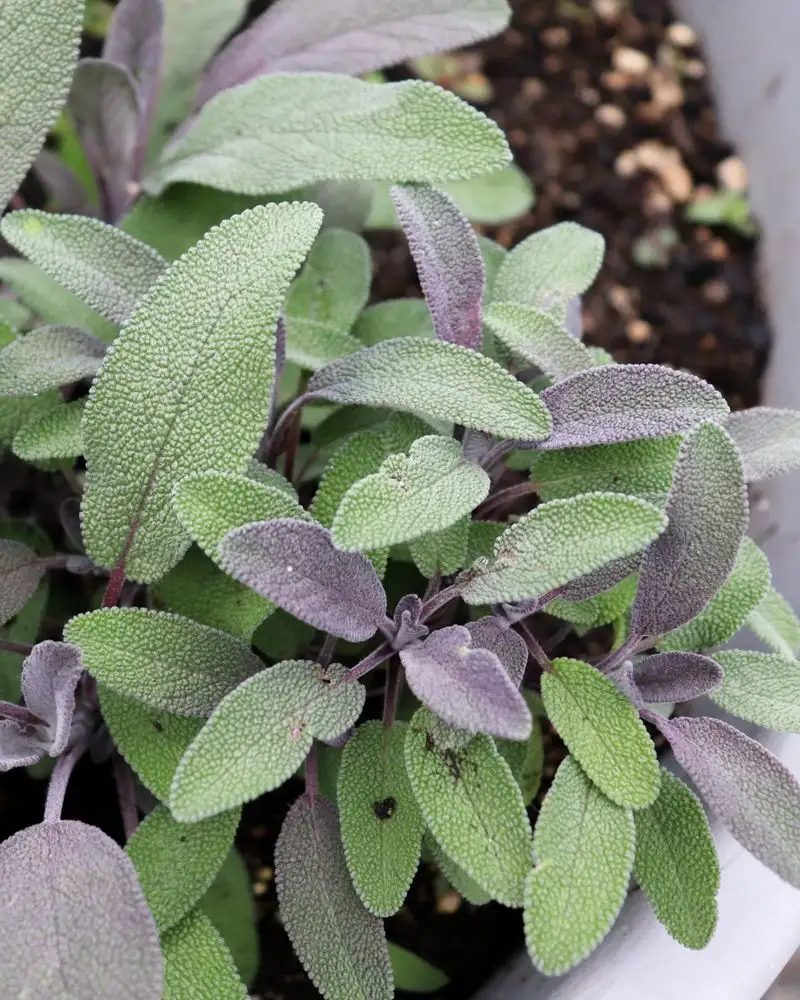
Sage is the unsung hero in many culinary traditions, with its robust and slightly peppery taste perfect for stuffing and sausages.
This drought-resistant herb requires little water and can thrive in poor soil, offering a bounty of fragrant leaves. Sage’s velvety texture adds a sensory experience to your garden.
In folklore, sage is said to promote longevity, making it a cherished herb for both its flavor and its mythical properties.
Rosemary

Rosemary, with its pine-like aroma, is a perennial favorite in roasts and marinades. The robust flavor complements a variety of meats and vegetables.
This herb is incredibly hardy, thriving in dry and sunny conditions. Its needle-like leaves can be harvested year-round, offering a constant supply of fresh or dried rosemary.
Known as the herb of remembrance, rosemary has been used historically in weddings and funerals. A versatile and meaningful plant for your garden.
Cilantro
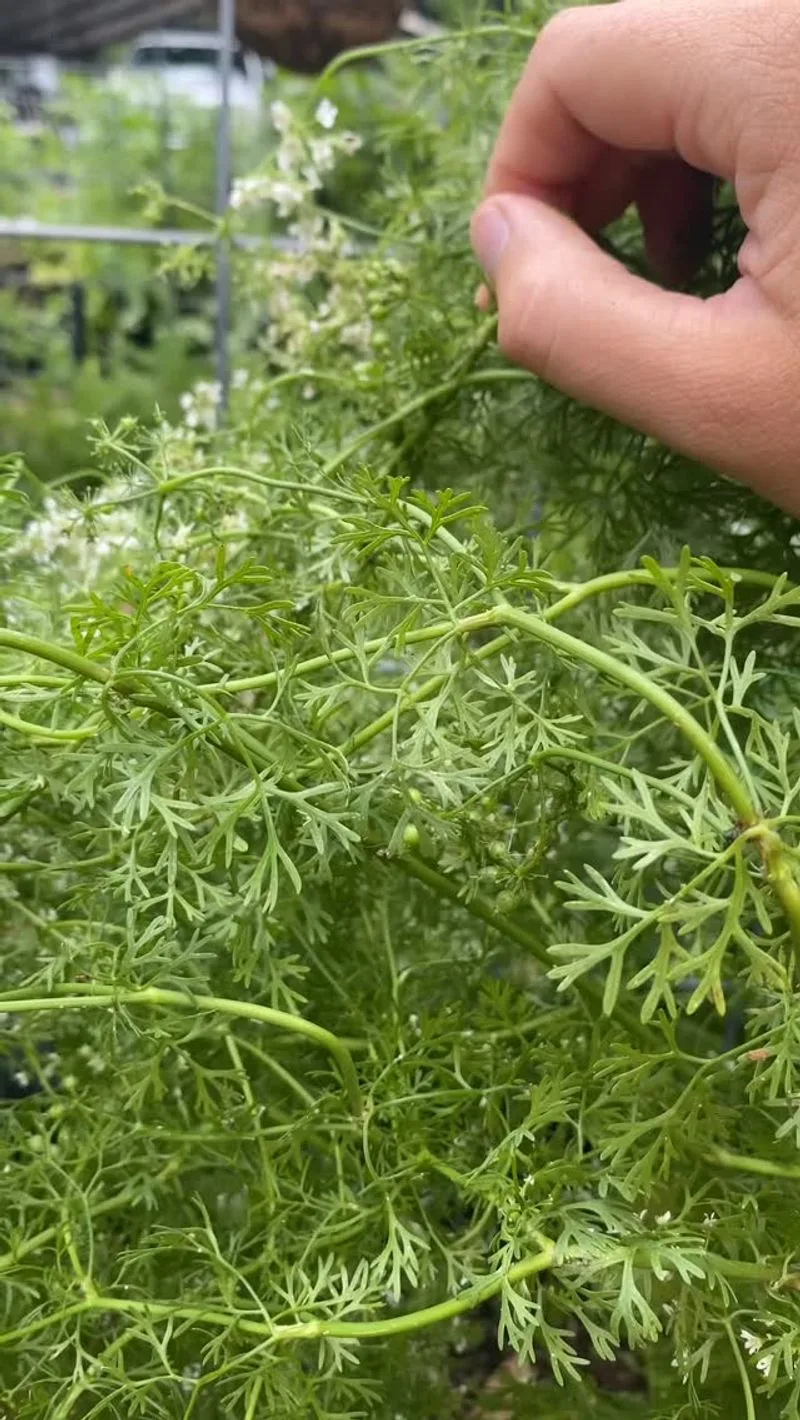
Cilantro is a staple in many global cuisines, from Mexican salsas to Indian curries. Its citrusy leaves offer a fresh zing to any dish.
Known for its fast-growing nature, cilantro thrives in cooler temperatures and can quickly become a lush part of your garden. Regular harvesting encourages its prolific growth.
Interestingly, cilantro and coriander come from the same plant, with cilantro referring to the leaves and coriander to the seeds. It’s a multi-purpose herb that adds zest to your kitchen endeavors.
Dill
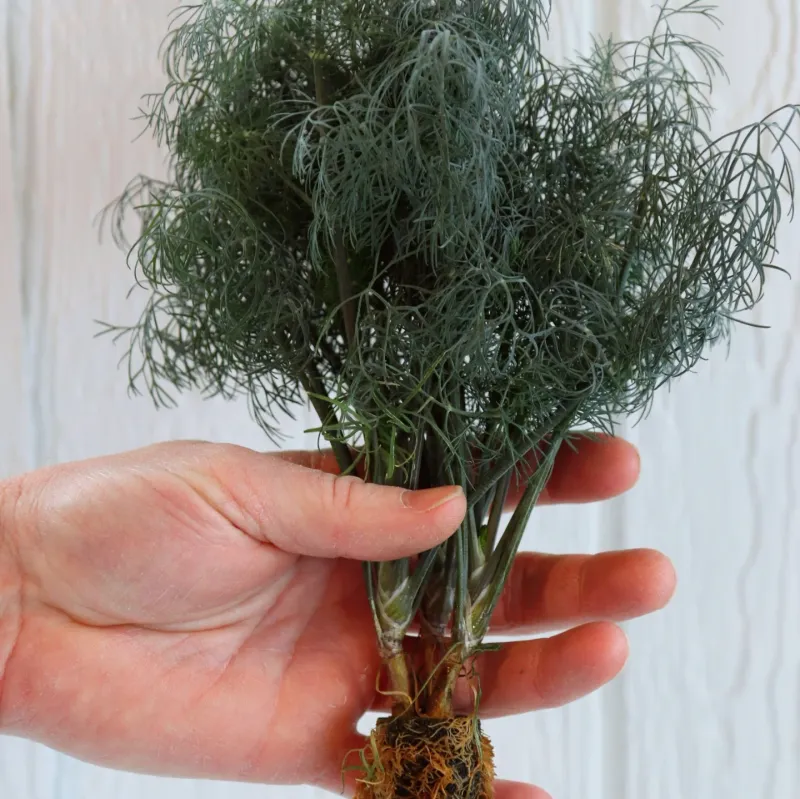
Dill’s feathery fronds are a delight in both appearance and flavor, perfect for pickling and pairing with fish dishes.
This annual herb is best grown in full sun and can reach impressive heights if allowed to flourish. Its delicate yellow flowers are a charming addition to any garden.
Interesting tidbit: Dill has been used since ancient Egyptian times as a medicine and a culinary herb. It’s both a flavorful and historic addition to your garden.
Lemongrass

Lemongrass offers a vibrant citrus flavor, often found in Asian dishes like Thai curries and soups. It’s an aromatic powerhouse in the kitchen.
Thriving in warm climates, lemongrass prefers a sunny spot and well-drained soil. Its tall, slender stalks can be harvested as needed for cooking or teas.
Did you know? Lemongrass is also prized for its natural mosquito-repelling properties, making it both practical and aromatic in your garden.
Tarragon
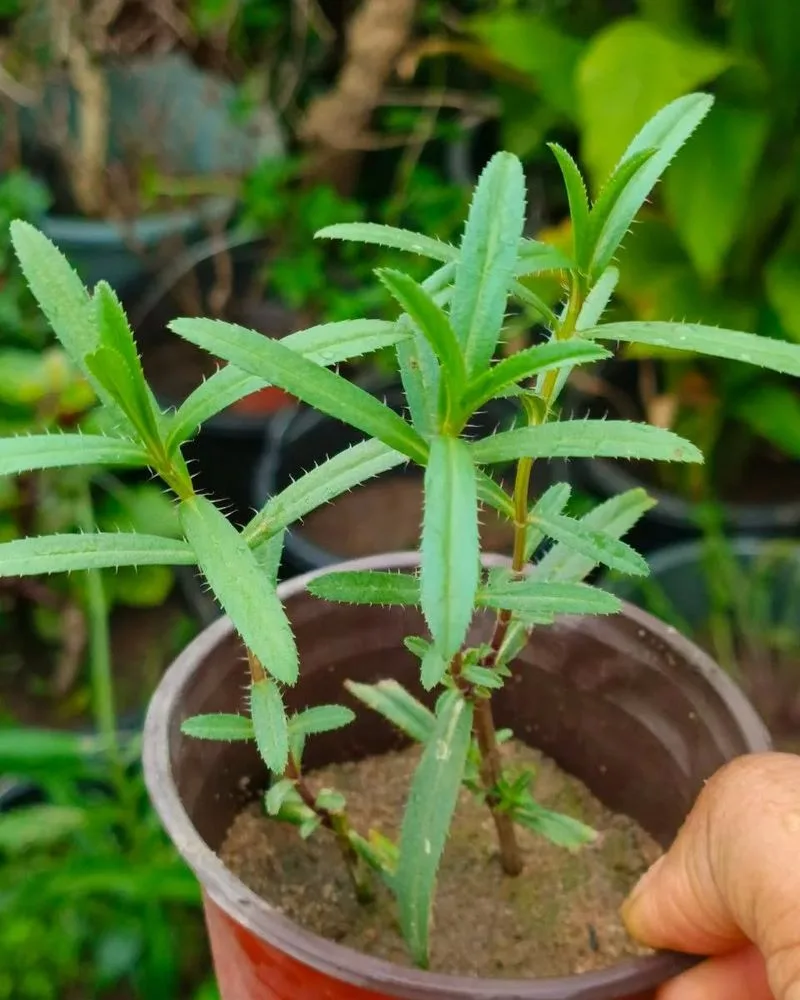
Tarragon, with its licorice-like flavor, is a staple in French cuisine. It pairs beautifully with chicken and egg dishes.
This perennial herb is hardy and requires minimal attention, thriving in well-drained soil and partial sun. Harvesting regularly encourages its growth and enriches your kitchen garden with its unique aroma.
A quirky fact: Tarragon was known as the “King of Herbs” by the French, celebrated for its culinary versatility. It’s a regal presence in any herb collection.
Bay Laurel
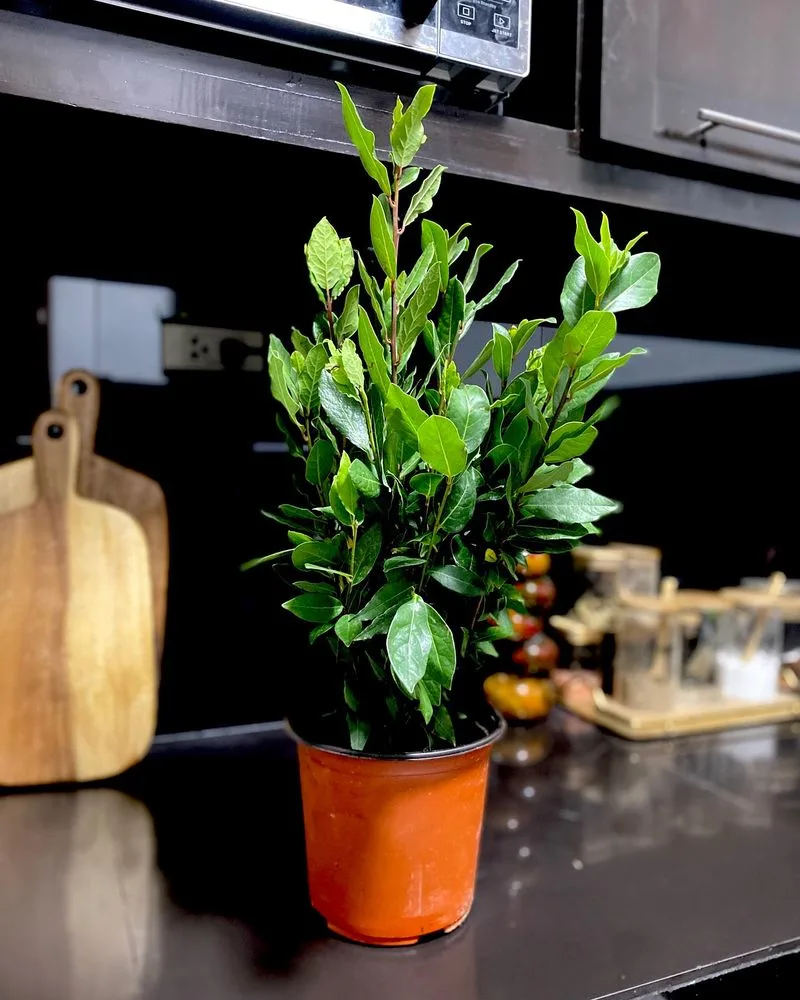
Bay laurel, the source of bay leaves, adds a subtle depth to soups and stews with its aromatic properties. This evergreen shrub is both ornamental and practical.
While slow-growing, bay laurel requires little maintenance, thriving in pots or well-drained garden beds. Its glossy leaves can be harvested year-round, providing fresh seasoning options.
Historically, bay leaves were used to crown victors, symbolizing honor and achievement. It’s a historical and flavorful choice for any gardener.
Marjoram

Marjoram’s sweet, citrusy flavor is a gentle complement to salads and marinades, offering a subtle enhancement to dishes.
As a perennial, marjoram is easy to maintain, flourishing in sunny spots with well-drained soil. Its soft, oval leaves are a pleasant addition to any herb garden.
Did you know? Marjoram was considered a symbol of happiness by the ancient Greeks. Both fragrant and delightful, it’s a charming herb to grow.
Catnip
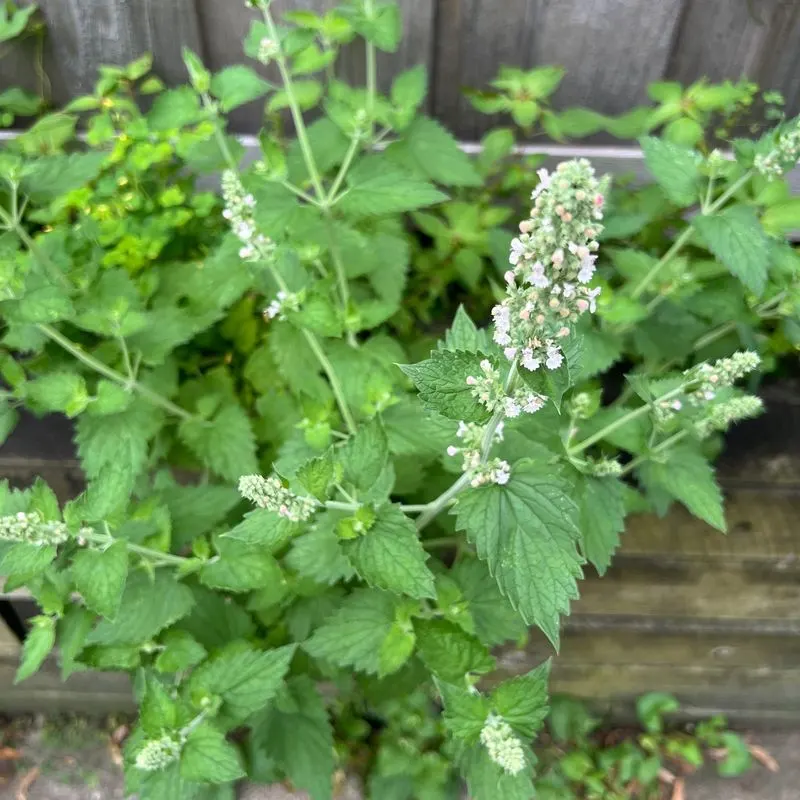
Catnip may be famous for its effect on cats, but it’s also a soothing herb for humans when used in teas and tinctures.
This hardy herb grows effortlessly in well-drained soil, basking in full sun. Its leaves and flowers can be harvested to make calming teas.
Fun fact: Catnip was historically used to treat headaches and insomnia. A whimsical addition to your garden, it’s a favorite among feline friends and herbalists alike.
Lavender

Lavender’s calming fragrance is a staple in aromatherapy, but it’s also used in culinary creations like lavender-infused honey and desserts.
This perennial shrub thrives in sunny, well-drained conditions, offering both beauty and a delightful scent to your garden. Its purple spikes attract pollinators while providing a sensory feast.
Historically, lavender was used in mummification by the Egyptians. It’s a beautifully aromatic and versatile addition to any herb garden.
Lemon Balm
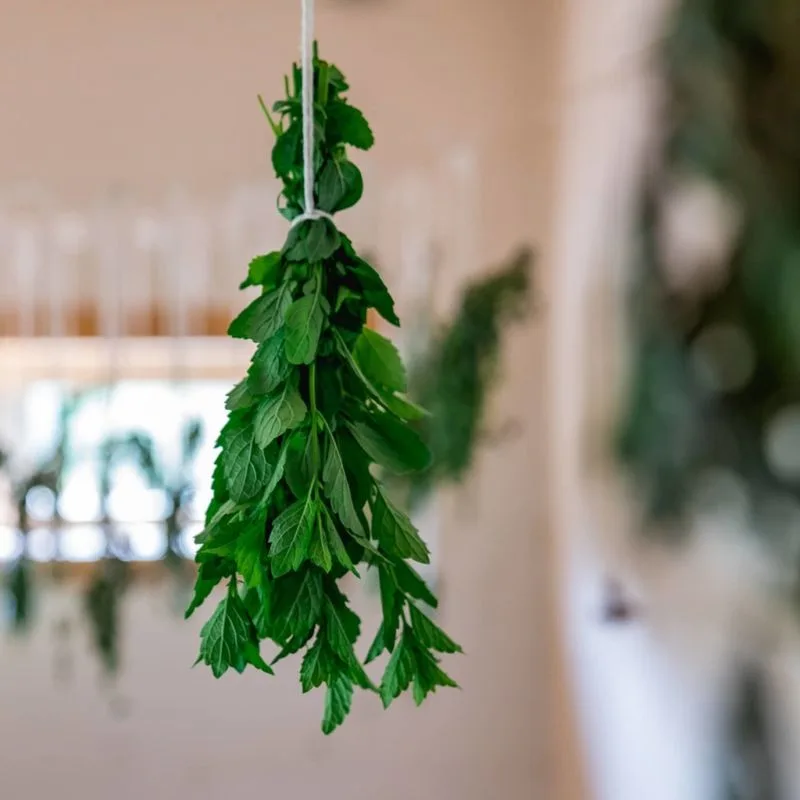
Lemon balm, with its gentle citrus scent, is a favorite for teas and calming remedies. It brings a refreshing note to both sweet and savory dishes.
Easy to grow, this perennial herb flourishes in partial shade and well-drained soil. Its lush foliage can be clipped regularly to encourage new growth.
Interestingly, lemon balm was believed to attract bees, hence its botanical name, Melissa, Greek for ‘bee’. Both fragrant and inviting, it adds zest to any garden setup.
Chervil
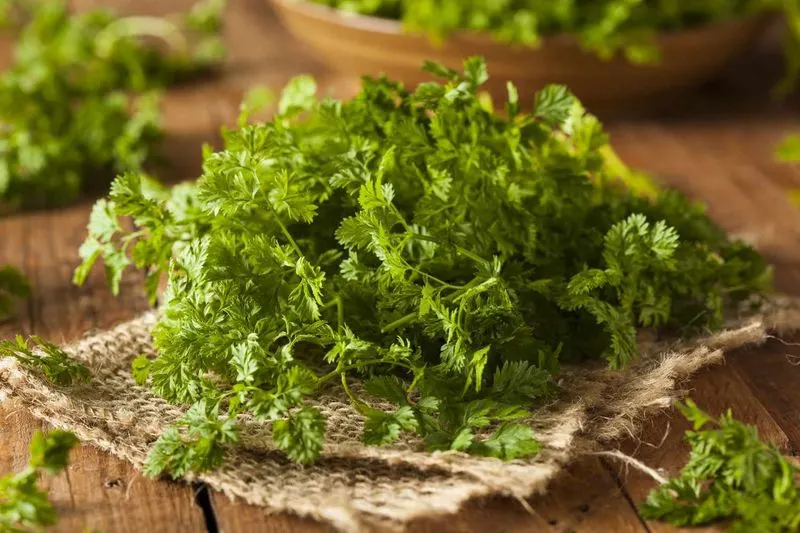
Chervil’s delicate anise flavor is a key ingredient in French cuisine, pairing beautifully with seafood and egg dishes.
This annual herb prefers cooler climates and partial shade, making it a perfect choice for a spring or early summer garden. Its fern-like leaves are not only edible but add a decorative touch.
Did you know? Chervil was used by ancient Romans as both a seasoning and a medicinal herb. It’s a refined choice for those culinary enthusiasts.

